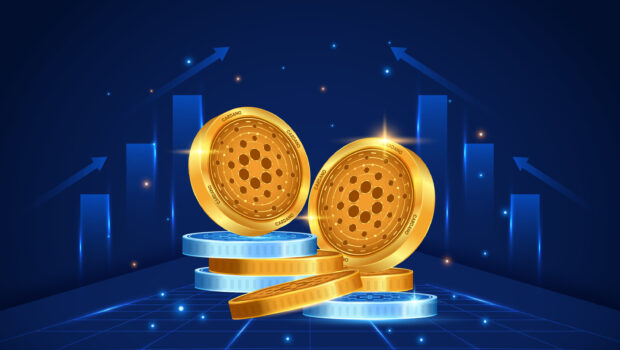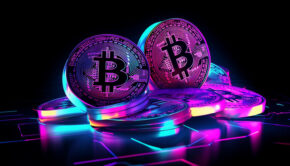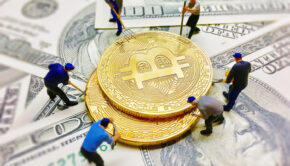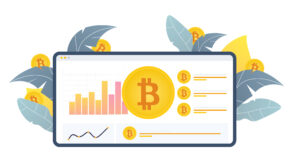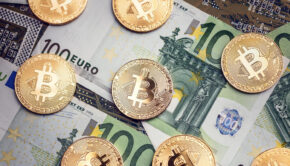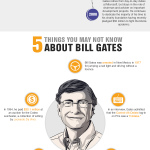How Cryptocurrency Is Tokenizing Real-world Assets
Digital asset ownership is now done through non-fungible tokens or NFTs. For example, one popular new cryptocurrency, the Golden Cask Club, offers you digital ownership of luxury champagnes and spirits.
Tokenizing real-world assets has revolutionized our financial system. Through blockchain and cryptocurrency, you can digitally own any asset by creating the asset’s NFT. Here’s all you need to know about tokenized real-world assets.
Understanding Tokenization
Through the tokenization of a real-world asset, we convert it into digital tokens, which are stored on a blockchain. These digital tokens or NFTs are proof of ownership of these tangible real-world assets, and you can buy, sell, or trade them with ease using cryptocurrencies like Bitcoin. If you have capital in USD, you should check how much 1 BTC to USD before investing.
The blockchain’s decentralized nature results in the investor not needing intermediaries like banks. Blockchain technology makes our investments transparent. It also resists tampering and is traceable. NFTs have become popular as they are more convenient and accessible to people by allowing fractional ownership and removing geographical constraints.
Benefits of Tokenizing Real-World Assets
Democratization of Assets
Tokenizing real-world assets allows for a more inclusive and democratic investment environment. Historically, only the privileged elite could access traditional investment avenues like fine art and real estate. Tokenized digital assets have made them accessible to everyone, resulting in a more equitable wealth distribution.
Increasing Liquidity
Tokenized real-world assets allow for more market fluidity. Traditional assets like real estate often have limited liquidity: selling them is too complicated, involving multiple intermediaries and lengthy settlement periods. Digital tokens remove these issues, as transferring them is instantaneous, and they operate on popular marketplaces across the web, improving liquidity.
Additionally, digital tokens allow multiple individuals to own parts of an asset through fractionalization. Each owner can buy and sell their fraction of the asset instead of the whole asset. As a result, the asset’s liquidity increases.
Improved Efficiency
Digital tokens increase trading efficiency in several ways. You no longer have to limit yourself to investors in a particular area. Instead, you can do asset trading from the comfort of your home. Investors have access to markets almost 24/7. Digital tokens also remove intermediaries and connect investors, increasing trading efficiency. Intermediaries require heavy fees and cause delays, while peer-to-peer trading is more efficient.
Additionally, transactions through digital tokens are instantaneous. While it can take weeks to make a transaction in the traditional system, you can validate it within seconds on the blockchain. With the advent of smart contracts, you don’t need to do the transaction yourself: the algorithm will automatically perform it once the specified conditions in the smart contract are met.
Endnote
If you were tired of the older financial system, we have good news: blockchain technology is reimagining it. Particularly, through blockchain technology, we have better tools for managing and investing in assets. Now, you can buy, sell, and trade assets digitally without seeing them in real life through digital tokens like NFTs. Tokenization of digital assets has several benefits. It increases accessibility and makes tokens available to everyone. Trading tokens allow for more liquidity than traditional asset trading, and they are also more efficient.
Cover Image by Freepik

